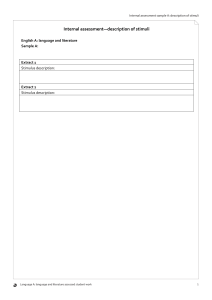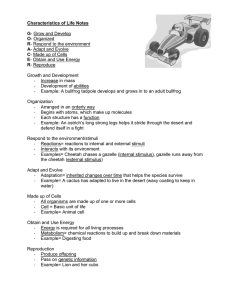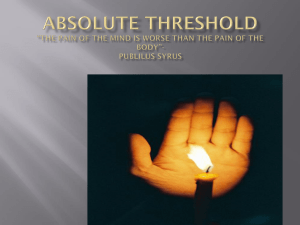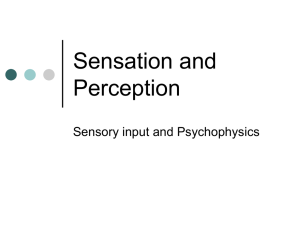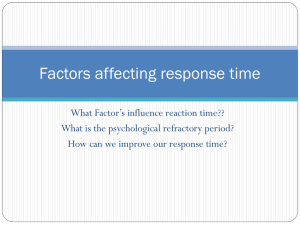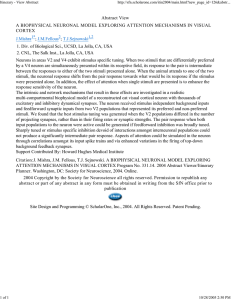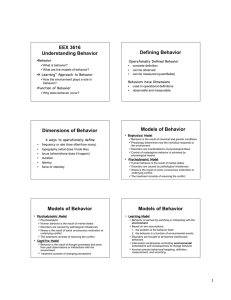Joint Control - FIT ABA Materials
advertisement
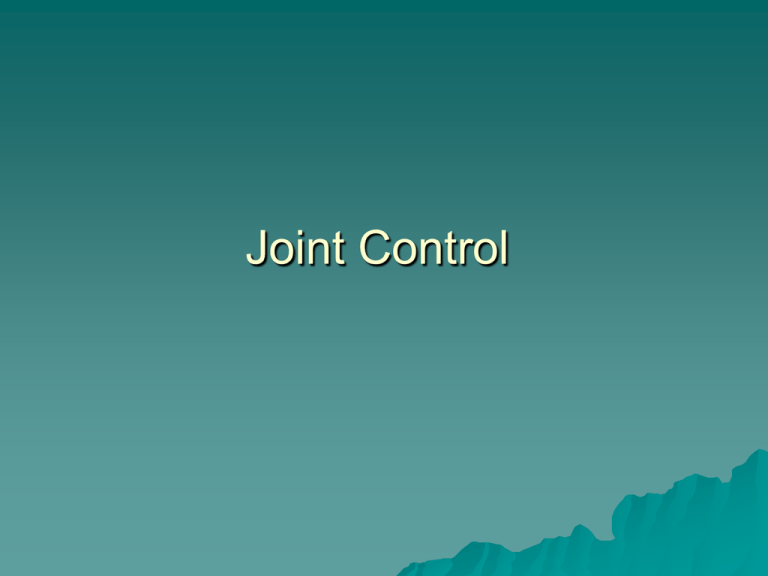
Joint Control Study Task – Delayed matching to sample – Kids see a sample symbol and learn to make a hand sign to it (tact) – Kids learn to make the sign during the interval – Then, when presented with comparison stimuli, they make the sign to the correct stimulus for two reasons Because of self duplic mimetics Because of tacting of the correct stimulus – Then they point to the correct stimulus Study Task – Learning to tact a sample Study Task – Learn to make the sign during the interval – Prompts used to keep the sign going while waiting for the comparisons Study Task – Make handsign to comparison stimulus – This is already in the repertoire – then pick the correct comparison Study Behavioral interpretation Study Behavioral interpretation – The selection response is autoclitic (tact) in nature, as the participant is reporting the stimuli associated with the comparison stimulus is now entering into a joint control relation with the handsign Summary Behavioral interpretation – Joint control is a stimulus event – stimuli that occur when you are emitting a behavior for more than one reason – This is used to explain other behavioral phenomena… Application Another example… Card with 629-0165 on it & direction to find this number in a list Rehearsal of number as you search – Self echoics Hit upon correct number – Now you say the number for two reasons… Prior echoic stimuli Current textual stimuli Now you point to the number because of the appearance of the 2nd source of control Application Another example … Understanding & comprehension Professor explains MSWO preference assessment – Student can echo the explanation but reports that he does not “understand it.” – This is a tact of a singular evocative stimulus – the sound of the explanation Application Another example … Understanding & comprehension Professor explains MSWO preference assessment – Professor demonstrates the procedure and there is now an additional source of strength in the student’s explanation Previous echoic stimuli Visual stimuli of the procedure – Student responds to the appearance of another source of control of the description by saying “Oh, I get it.”
